Adresse
Infodoc : Réseau des bibliothèques et centres de documentation d'AgroParisTechFrance
contact

Catégories
|
RAMEAU , Nom commun , Colorants dans les aliments
Colorants dans les alimentsSynonyme(s)Colorants alimentaires |
Documents disponibles dans cette catégorie (16)
 Ajouter le résultat dans votre panier Faire une suggestion Affiner la recherche Interroger des sources externes
Ajouter le résultat dans votre panier Faire une suggestion Affiner la recherche Interroger des sources externes
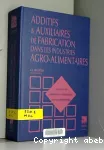 Livre
Livre978-2-85206-606-91 vol. (799 p.)
1 vol. (799 p.)ISBN : 978-2-85206-606-9 
 Livre175 EUR
Livre175 EUR978-2-7430-0436-11 vol. (XXXIV-746 p.)
1 vol. (XXXIV-746 p.)Prix : 175 EUR ISBN : 978-2-7430-0436-1 
 Livre
Livre978-1-119-43432-01 vol. (XXV-506 p.)
1 vol. (XXV-506 p.)ISBN : 978-1-119-43432-0 
 Livre
Livre978-0-367-39006-81 vol. (532 p.)
1 vol. (532 p.)ISBN : 978-0-367-39006-8 
 Livre
Livre978-3-319-61740-41 vol. (XXI - 536 p.)
1 vol. (XXI - 536 p.)ISBN : 978-3-319-61740-4 
 Livre95 EUR
Livre95 EUR978-2-7430-1367-71 vol. (XXXV-472 p.)
1 vol. (XXXV-472 p.)Prix : 95 EUR ISBN : 978-2-7430-1367-7 
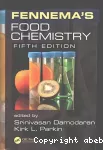 Livre
Livre978-1-4822-0812-21 vol. (XVI-1107 p.)
1 vol. (XVI-1107 p.)ISBN : 978-1-4822-0812-2 
 Périodique
Périodique
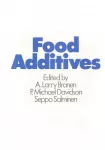 Livre
Livre978-0-8247-8046-31 vol. (X-736 p.)
1 vol. (X-736 p.)ISBN : 978-0-8247-8046-3 
 Livre5,90 EUR
Livre5,90 EUR978-2-03-589595-01 vol. (95 p.)
1 vol. (95 p.)Prix : 5,90 EUR ISBN : 978-2-03-589595-0 
 Périodique
Périodique
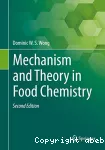 Livre
Livre978-3-319-50765-11 vol. (XVI-450 p.)
1 vol. (XVI-450 p.)ISBN : 978-3-319-50765-1 
 Livre25 EUR
Livre25 EUR978-2-86906-716-51 vol. (286 p.)
1 vol. (286 p.)Prix : 25 EUR ISBN : 978-2-86906-716-5 
 Livre
Livre978-1-119-11476-51 vol. (XI-398 p.)
1 vol. (XI-398 p.)ISBN : 978-1-119-11476-5 
 Livre
Livre978-0-12-813572-31 vol. (XVII-438 p.)
1 vol. (XVII-438 p.)ISBN : 978-0-12-813572-3 
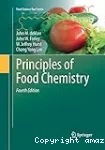 Livre
Livre978-3-319-87592-71 vol. (XVIII-607 p.)
1 vol. (XVIII-607 p.)ISBN : 978-3-319-87592-7




